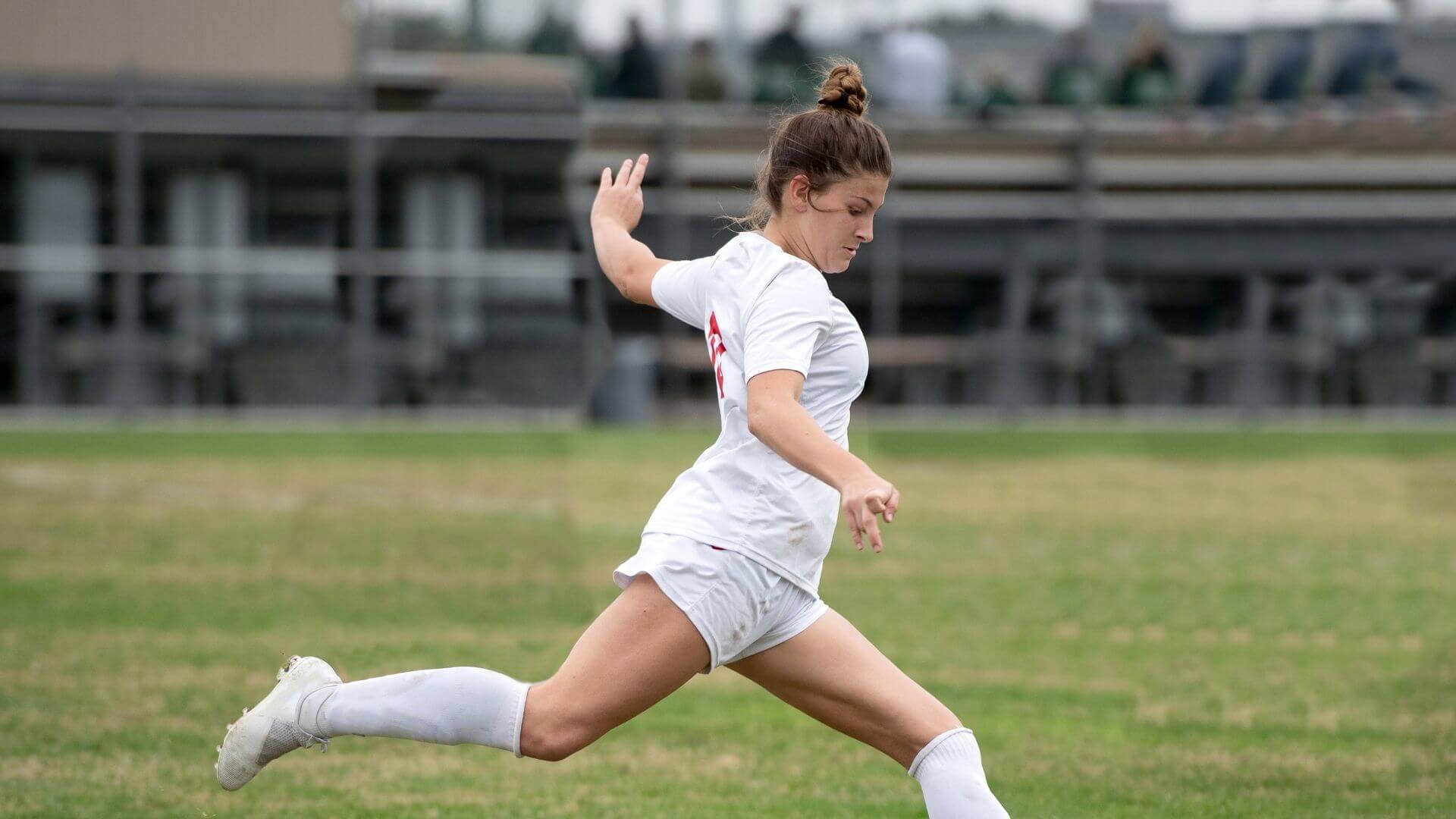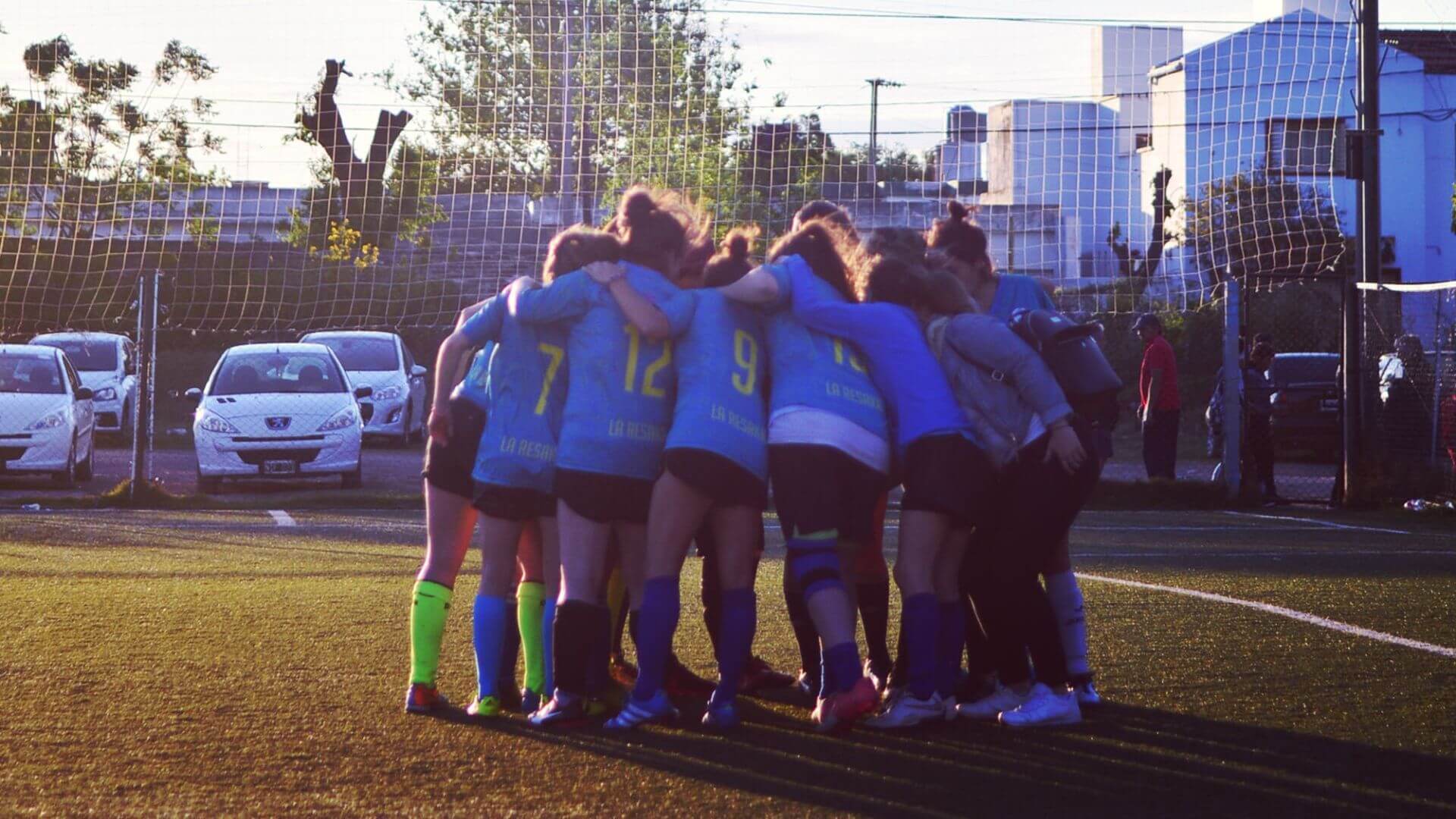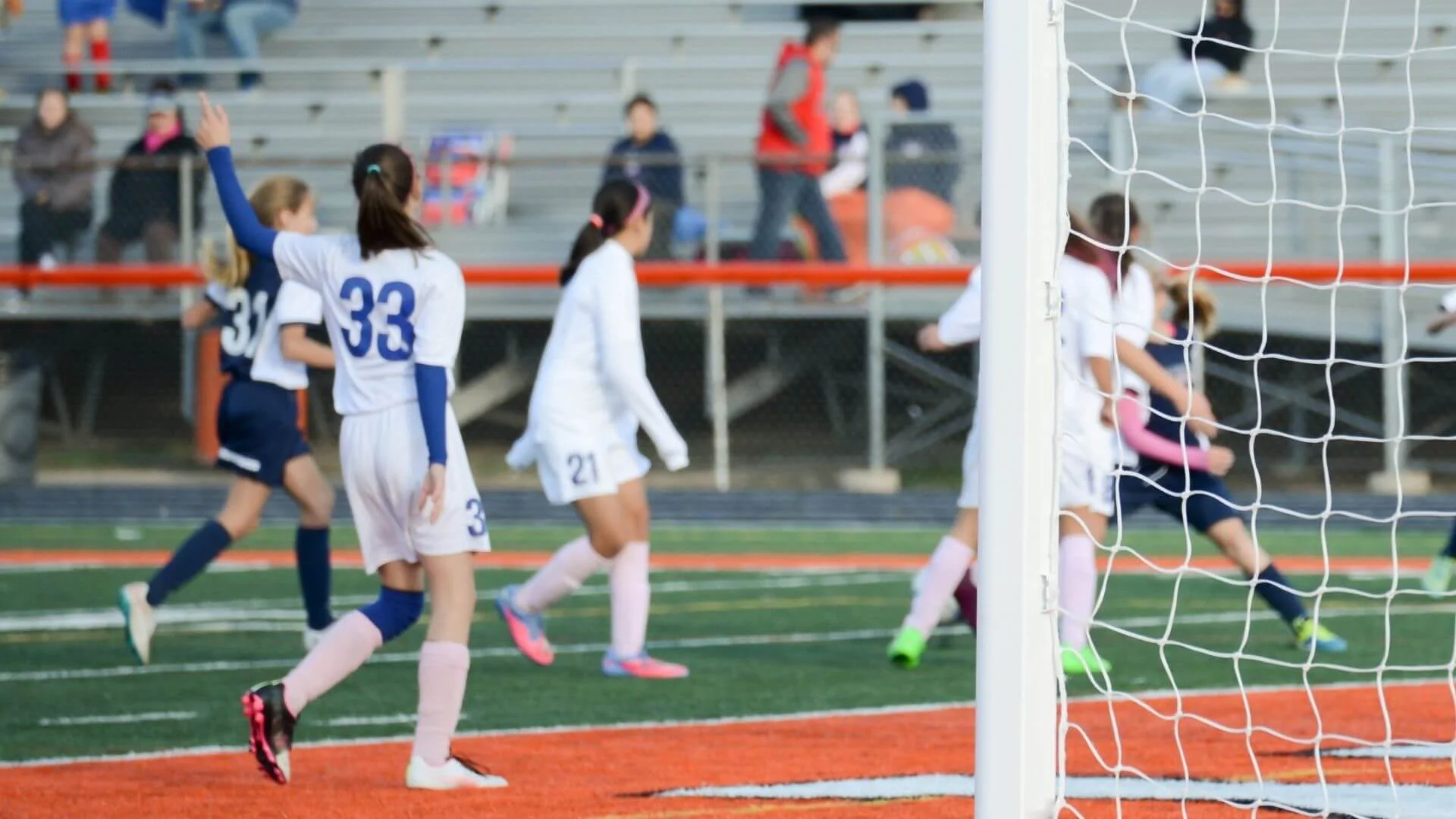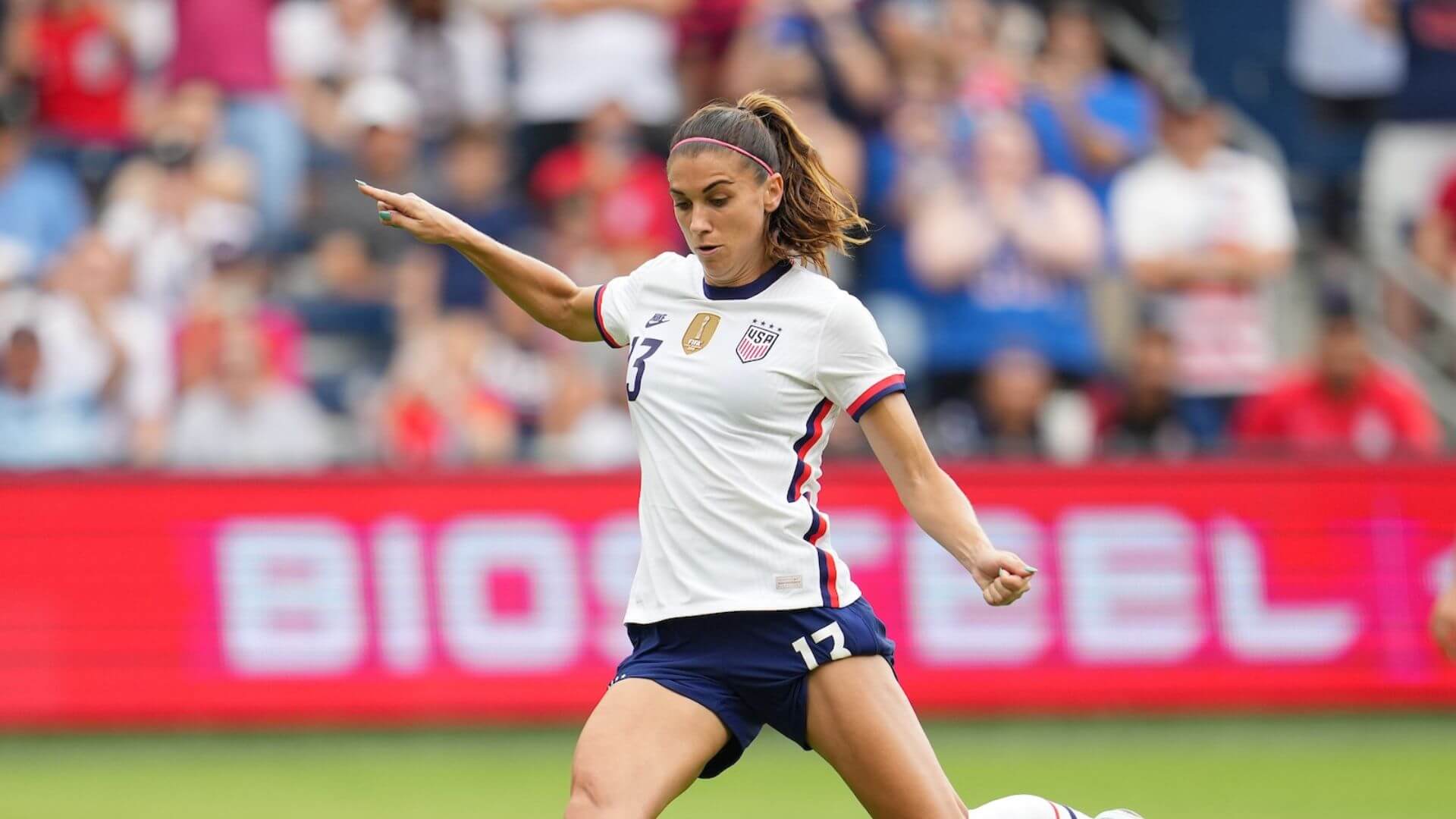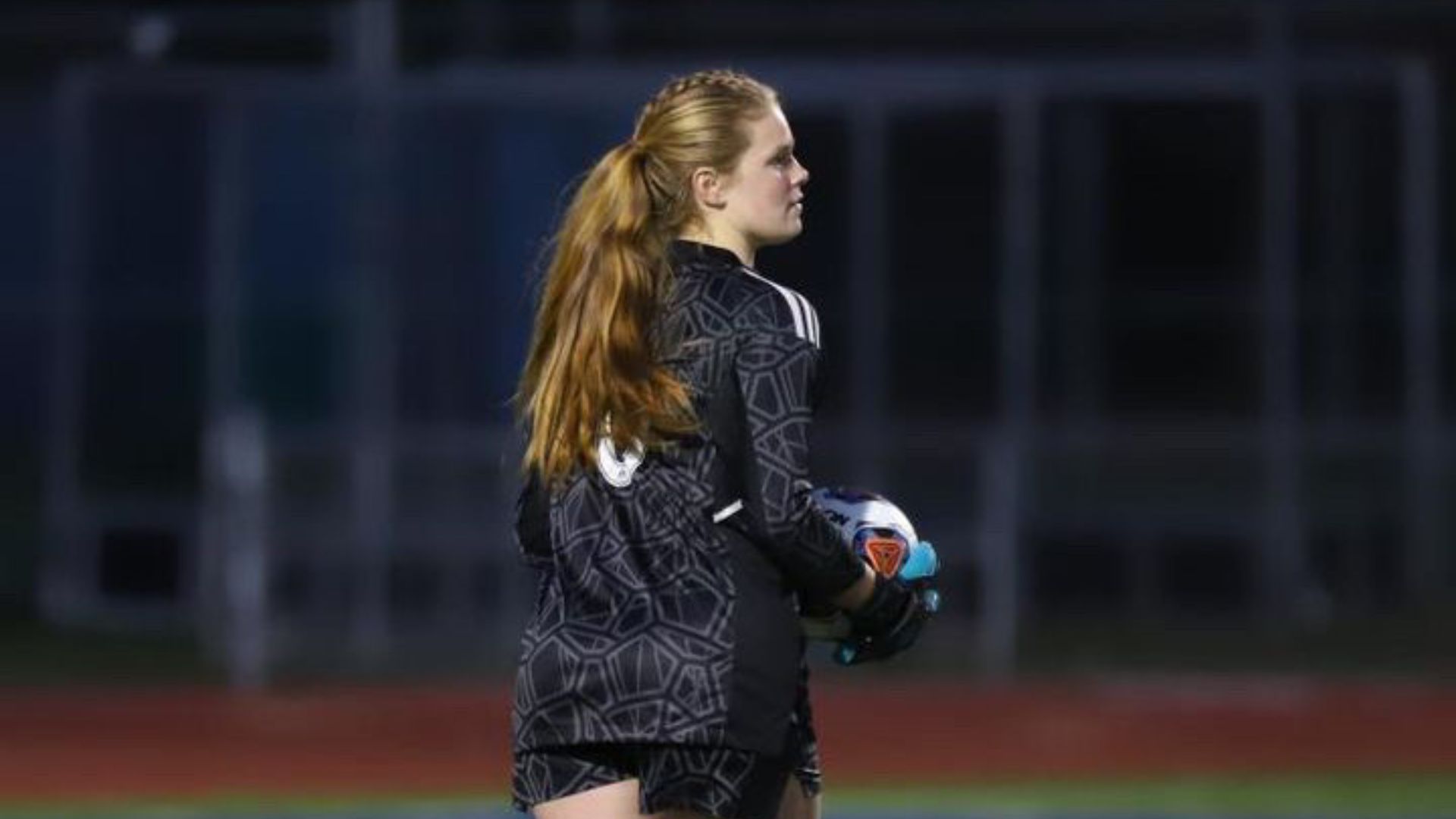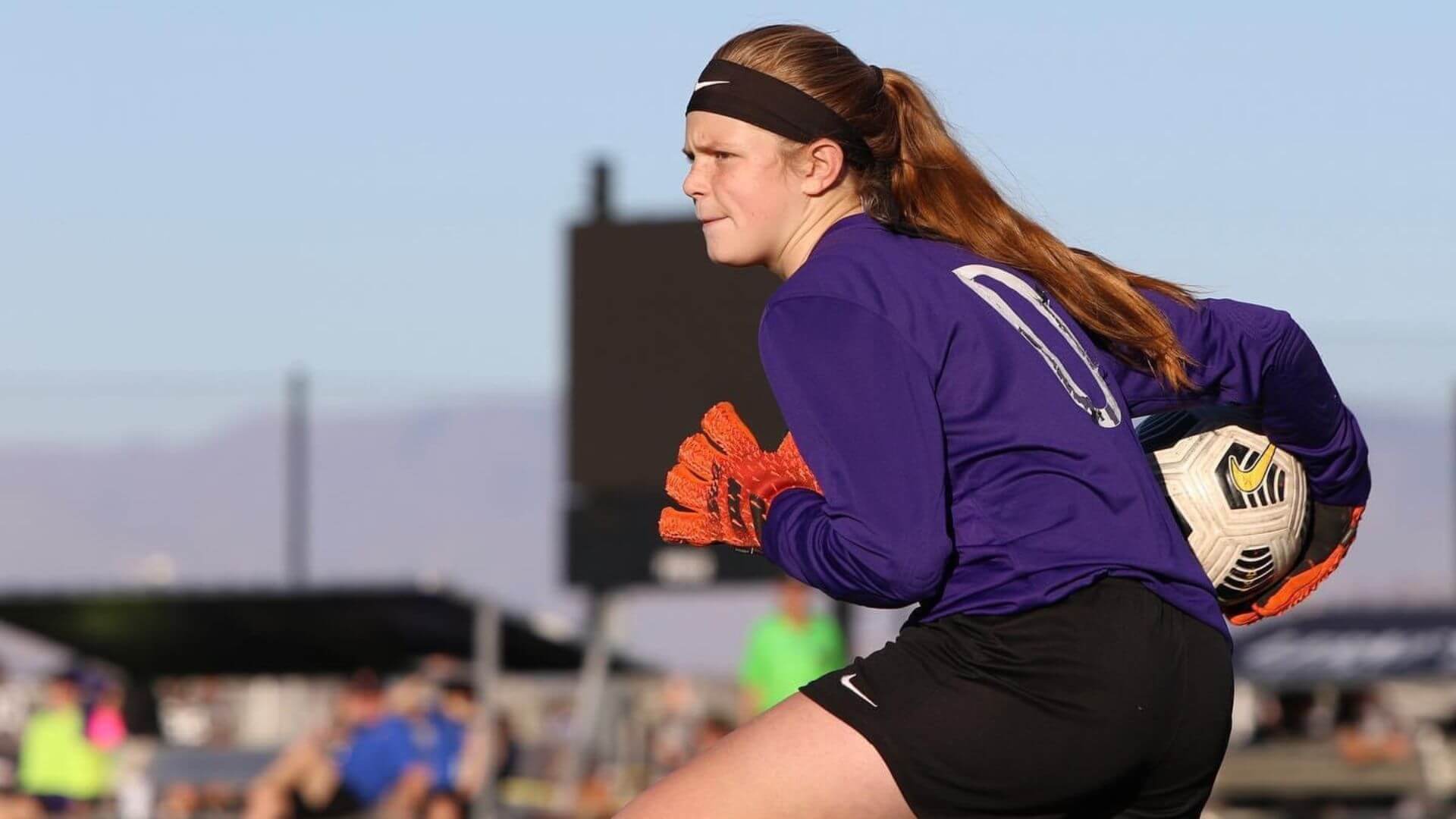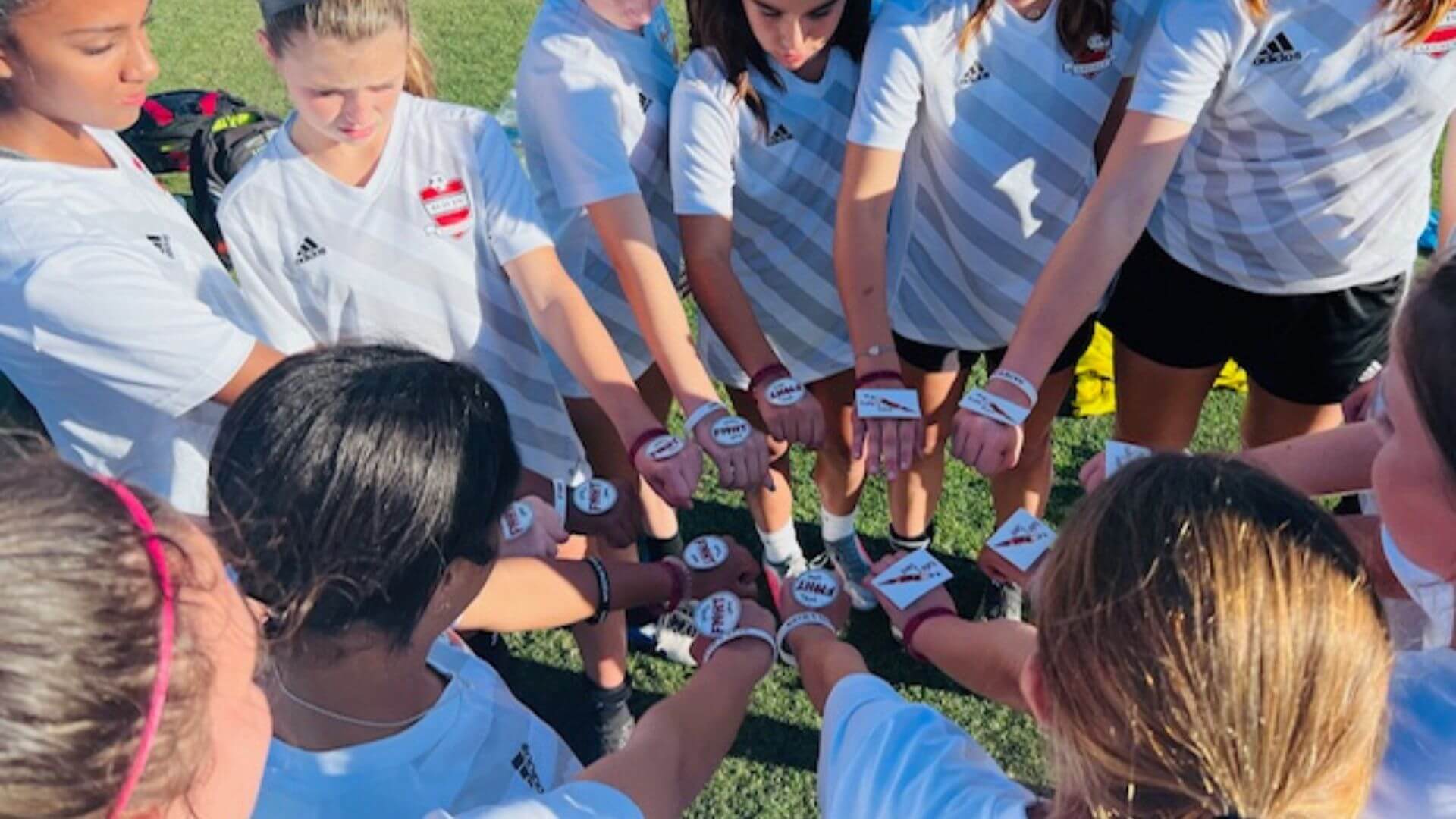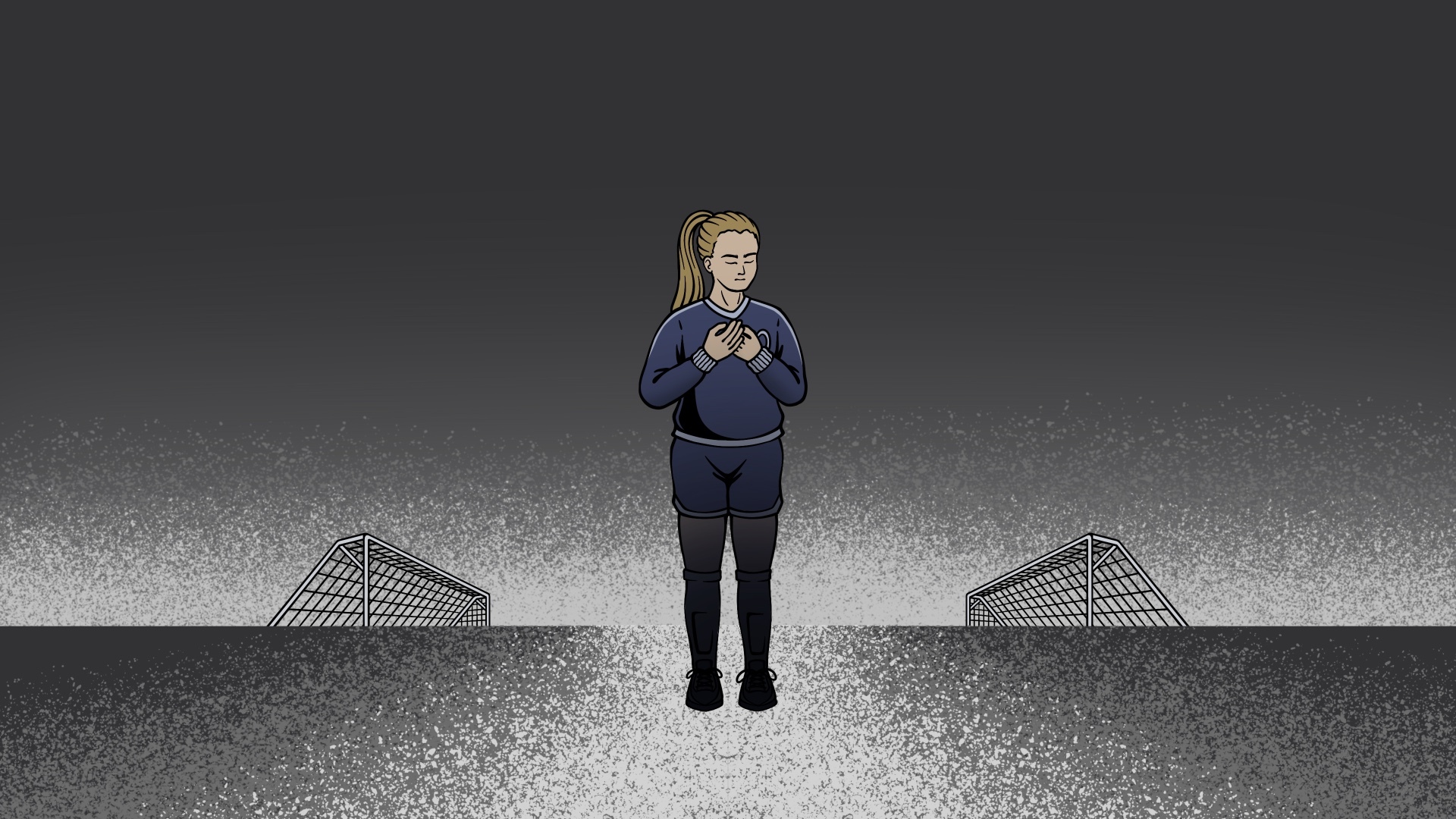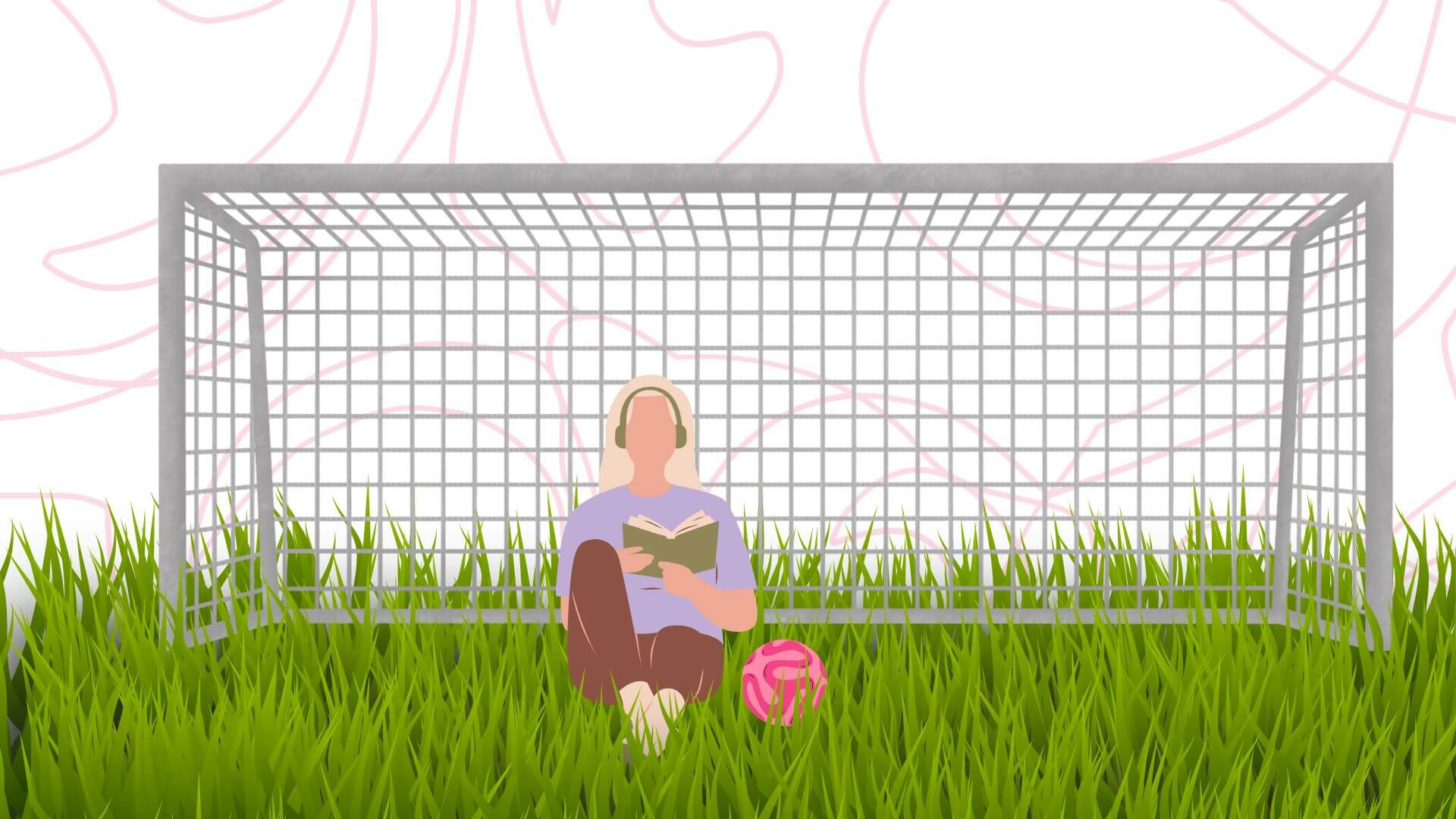Game Face and The Key to Peak Performance
I was recently flipping through articles when I came across a great post by Dan Abrahams, a well-known sports psychologist. It was one of those food-for-thought pieces that got me reflecting on how, frequently, athletes are our own worst opponents in the world of sports. What I mean is how easily our own thoughts and feelings can lead to an internal battle or struggle, causing us to self-doubt or buckle under pressure at key moments on the soccer pitch or in any sport. Even though I’ve written about the importance of self-concept, I recognize that mental fortitude is something we all must continually work on.
Dan’s post started with a powerful first line that instantly locked me in: “I think every player needs what I call a Game Face…”
He goes on to describe this “Game Face” as:
- Your best mental state
- Your competitive persona
- Your attitudinal guide
- Your behavioral blueprint
- Your confidence template
- Your physical optimizer
In other words, an athlete’s Game Face is the ultimate tool for combating what Dan calls “Automatic Negative Thoughts” (ANTs) and staying laser-focused. His points seemed to me to be brilliantly simple yet profoundly impactful. Even though our human brains and emotions are quite complex, this concept is very straightforward. It’s about actively and constantly blocking out the noise internally and externally and executing with a clear mental framework.
This idea brought me back to my early days as an athlete. I remember my softball coach telling me to bring out my “mean face” when he wanted me to amp up my pitching. After working with me for a while, he noticed that I had a specific look on my face and how my body carried itself when I was truly locked in on the task at hand and completely undistracted by outside pressure or self-doubt. My soccer coach at the time also recognized this and would often tell me to “be a wall.”
It’s a reminder that in sports, just as in life, sometimes the simplest strategies are the most effective. Having a “Game Face” is more than just a look, it’s a mindset. One we all need to cultivate to perform at our best consistently. Many top athletes have publicly shared that imagery and visualization have been key in achieving their goals. These mental exercises can create a clear pathway to success. However, even the most positive, diligent, and hardworking athletes can still struggle with ANTs.
Unfortunately, I feel that the ANTs are just a feature of an automatic part of human nature, tied to our survival mechanisms, designed to protect and alert us to danger. When discomfort approaches, whether the pressure of competition or fear of failure, an internal switch is activated, signaling us to avoid or fight the challenge. Many, especially under pressure, tend to retreat or find a way to bypass the discomfort entirely.
That’s where the mindset of the “Game Face” becomes so crucial, and again, it’s such a simple practice that everyone can try this strategy. A shift in focus helps turn off this automatic response, allowing you to confront the challenge head-on rather than avoid it. Instead of giving in to those “ANTs” or distractions, you act on something else. Something intentional, strategic, and confident. It’s about training yourself to switch from reactive to proactive, fearful to focused, and perform at your highest level.
So, “Game Face On” and activate your inner Alex Morgan, Mary Earps, or Trinity Rodman.
_
GIRLS SOCCER NETWORK: YOUR SOURCE FOR GIRLS SOCCER NEWS



